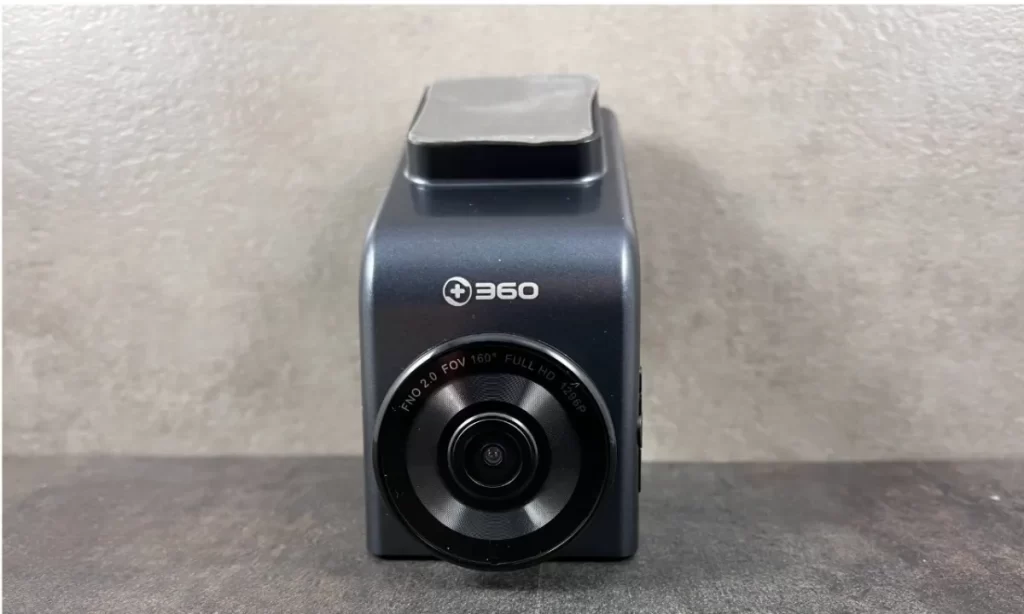Early cameras of the sixteenth and seventeenth century had the option to extend pictures onto paper or glass yet the investigation of catching, handling and printing the pictures required a lot more years. Up until the seventeenth century, researchers accepted that light was made fundamentally out of the ‘white’ that is seen by the natural eye. It took the examination done by well known physicist Isaac Newton to find that light is really made out of a range of shadings. While he made a major commitment to the investigation of optics (that is at the center of camera propels) with this disclosure, Newton didn’t really have a say in camera improvement essentially.

The early camera that initially turned into a peculiarity was somewhat more than a pinhole camera and can be followed back to 1558. It was known as the camera hanh trinh Obscure. The Camera Obscure was viewed as a drawing device for a more clear and sensible depiction of articles. It was in the mid nineteenth century that a creation named the Camera Lucida was presented by Cambridge researcher William Hyde Wollaston that comprised of an optical gadget that could help a craftsman view a far off scene or individual or item on a paper surface that the person was utilizing to draw. As such the craftsman will see a superimposed picture of a subject on paper and this picture could be successfully used to endeavor to draw, follow or paint it. Both the Camera Obscure and the Camera Lucida gave a picture that was brief, which couldn’t be lastingly caught on to paper for later reference.
Concentrates anyway proceeded with all the way into the 1800’s on the best way to really catch the picture onto material. It was during this time, around 1822 that French specialist Joseph Nicephore Niepce, made the main photo by utilizing paper that was covered with a compound. The picture would not remain forever on the paper and would vanish after a brief time. All things considered, regardless of the brief idea of the picture, the idea of photography was brought into the world with this examination and made ready for additional review and improvement in this field.
Catching pictures to hold them longer and for all time turned into the following large mission for analysts. One more Frenchman Louis-Jacques-Mand Daguerre joined forces with Joseph Nicphore Nipce in 1829, to foster the most common way of making super durable photos. Joseph Nipce kicked the bucket in 1833 yet Daguerre proceeded with the work and prevailed in 1837 following a lot of time experimentation. The most common way of catching visual pictures that would not disappear, acquainted by Daguerre accompanied be known as the ‘daguerreotype’.